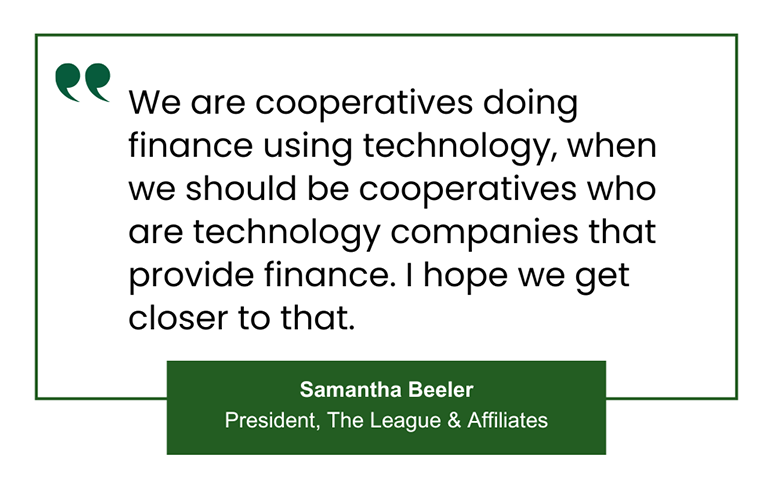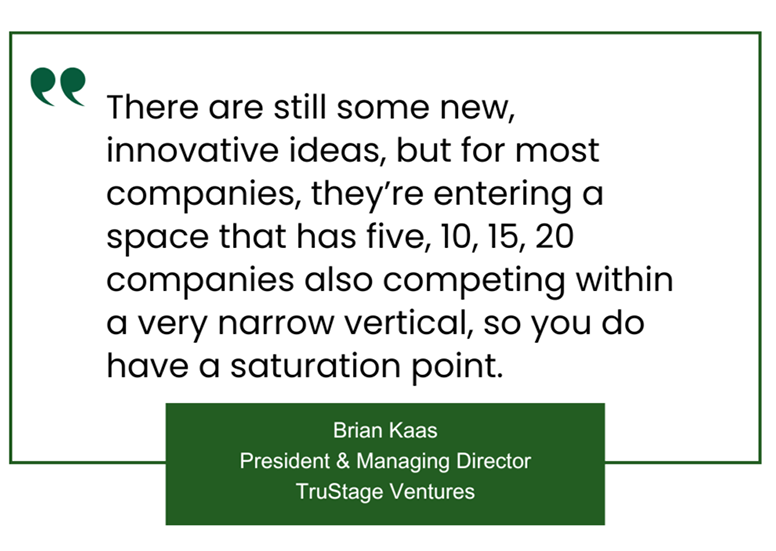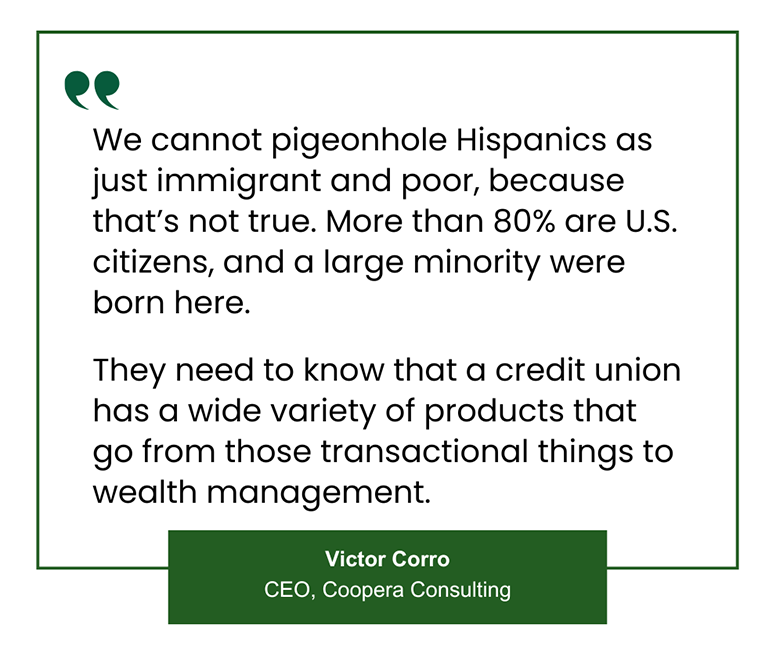August 4, 2025

After 50 episodes, there’s not much LendKey’s 22 Minutes in Lending podcast hasn’t covered, but over time some key trends have emerged. We delved back into each episode to uncover the top five trends that have remained most consistent over time.
1. Digital Experience as a Growth Engine
This is hardly breaking news, but the top topic is clearly digital transformation. The concern, however, is that credit unions are still talking about the need for change rather than showing their capacity to deliver it.
From HELOCs to auto loans, members expect frictionless digital onboarding, real-time access and updates, and an intuitive user experience. Critically, this is precisely what they’re getting from fintech players, able to make major market inroads often at the credit union system’s expense.

“We are cooperatives doing finance using technology, when we should be cooperatives who are technology companies that provide finance. I hope we get closer to that.” ~ Samantha Beeler
The good news is that the credit unions that are investing in their digital infrastructure—either through in-house development or partnering with organizations like LendKey—are seeing impressive ROI.
2. AI and Automation Are More Than Buzzwords
The 22 Minutes in Lending episodes that don’t at least touch on artificial intelligence are few and far between. It’s clear that this is no longer a futuristic concept, and while the front-end, member-facing digital experience remains a concern for many credit unions, the vast majority understand AI integration is now an operational necessity.
Credit unions are integrating AI solutions—typically through fintech partners—across a range of use cases: underwriting, fraud detection, churn prediction, and personalized marketing.
There’s also an opportunity for credit unions to pioneer better practices in AI, pairing the technology with ethical standards and transparent decision-making to truly create financial wellbeing for all.
3. Credit Unions Are Still Top of the Food Chain
Digital challenges aside, credit unions often underplay their hand. In truth, while M&A activity is nothing new to the credit union movement, the fintech ecosystem that has emerged alongside it (either to supplement or to compete) may not be preferred for a similar reality.
But the numbers don’t lie. With fewer than 4,500 credit unions, and upwards of 10,000 fintech, those who were once “the disruptors” may have competed themselves out of relevance.

“We see it too on the investment side—there still are some new and innovative ideas, but for most companies, they’re entering a space that in all likelihood has five, 10, 15, 20 companies also competing within sometimes a very narrow vertical within FinTech.” ~ Brian Kaas, President & Managing Director, TruStage Ventures
Similarly, VC money isn’t flowing as freely as it was at the start of the decade, making it harder and/or more costly for maturing fintech to build growth.
In the face of these realities, credit unions need to take stock and remember their position at the top of the food chain. As Ron Shevlin, chief research officer at Cornerstone Advisors, said in his episode, “The fintechs who are coming in are starting from zero, and while it’s certainly a lot cheaper in 2025 and more efficient to utilize technology as an advertising and distribution channel than it was 30 years ago, you’ve seen the Daylights and the Kinley’s go out of business because they couldn’t ramp up fast enough. But the credit unions in the market have a customer base. They might be getting cherry-picked away, but it is still generating revenue, still generating deposits and loans.”
4. From Risk Managers to Financial Intelligence Hubs
Traditionally conservative in risk, many credit unions are now leveraging data to become more proactive. This shift—from reactive, point-of-sale lending to predictive, data-informed member engagement—is changing how institutions think about risk, member loyalty, and growth.
Credit unions that embed data science into their core operations are increasingly able to anticipate member needs, personalize product offerings, and even predict financial hardship before it escalates. This could be a game changer for the system, long-term.
“Remember that every predictive model must be given a target, an objective that it seeks to relentlessly maximize. That target might predict who’s ever going to go 60 days or 90 days delinquent. But if you think about it, it is giving a machine one objective to relentlessly maximize might cause it to behave in all kinds of unintended ways,” said Fairplay AI Founder and CEO, Karem Saleh, in his episode.
“Imagine if Tesla gave the neural networks that power self-driving cars, the mere objective of getting you from point A to point B? The self-driving car might do that while blowing through red lights. So, what does Tesla do? It has to give the neural networks two objectives: Get the passenger from point A to point B while also respecting the rules of the road.
“We can do that in financial services; predict who’s going to default while also minimizing the differences in outcomes for one group relative to another. And it works. We see that it allows lenders to increase their approval rates on the order of 10%, increase their take rates through optimized pricing on the order of 13% and increase their positive outcomes for historically disadvantaged groups by 20%. So good for profits, good for people, good for progress.”
5. Cultural Relevance and Inclusive Banking
After 100 years, the original credit union pioneers would surely be proud that serving culturally, ethnically, financially diverse communities remains a top priority for credit unions. In fact, through the podcast it’s repeatedly positioned as more than just a mission, but a strategic imperative.
The face of the nation is changing, and credit unions are leaning into how they can best understand, engage with, and support new and emerging communities.

“We cannot pigeonhole Hispanics as just immigrant and poor, because that’s not true. More than 80% of the Hispanics are U.S. citizens, and a large minority were born here.
Cultural diverse members need to know that a credit union has a wide variety of products that go from those transactional things to wealth management.” ~ Victor Corro, CEO, Coopera Consulting
Across 50 conversations, one truth emerges: The most resilient credit unions are the ones taking the risks.
By reimagining the digital experience, transforming data into action, embracing ethical AI, and serving members others overlook, they’re building the future of financial wellness.
